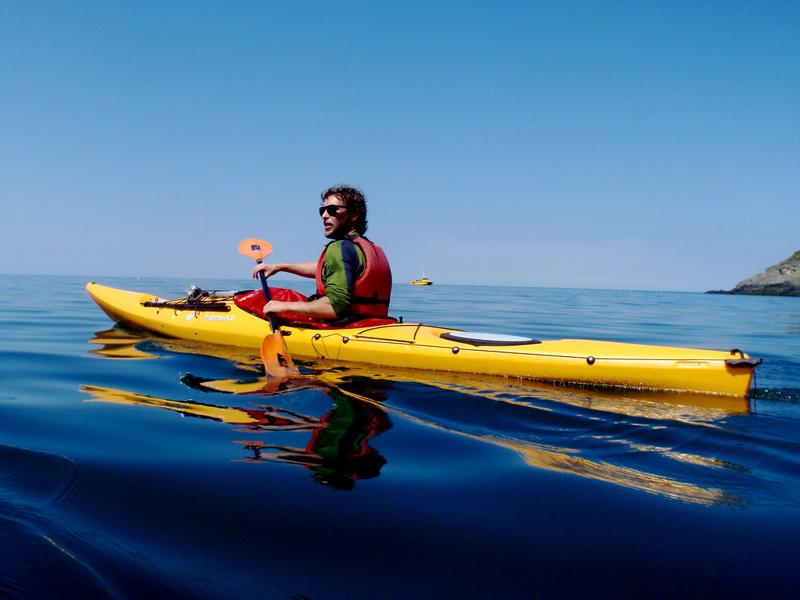Be Sure to Bring These Safety Items Each Time You Go Sea Kayaking
Many paddlers who enjoy kayaking in lakes and other protected bodies of water decide to make the transition to sea kayaking. When making this choice, it is important to realize that the safety considerations increase. There are several sea kayaking safety rescues that paddlers should practice before heading out to sea. Some very important safety items should be with the sea kayaker on his or her journey.
Here is a list of the most crucial sea kayaking safety gear.
Sea Kayaking PFD
First and foremost when it comes to sea kayaking safety gear is the PFD. All paddlers should be wearing their PFD, especially when out to sea. It amazes me that each year there are sea kayakers who otherwise would be with us today had they been wearing their pfds.
Paddle Float
Paddle floats are an important piece of gear to have securely fastened to your kayak at all times. Equally as important is the ability to know how to self-rescue using a paddle float. Paddle floats help kayakers reenter their kayak after they flip over and need to get back into their boats.
Sea Kayak Bilge Pump
A hand-operated bilge pump is very important while sea kayaking. When a kayak takes on the water it is important to get that water out of one’s kayak. A bilge pump is a hand-operated device that will shoot the water out of the kayak and back into the ocean. Bilge pumps go hand in hand with paddle floats. Once you reenter your kayak using your paddle float, you will use the bilge pump to empty out all of the water that your kayak has accumulated.
Audio and Visual Signaling Devices
Kayaks are considered “vessels” by the United States Coast Guard when they are out past the surf line. This means kayakers must observe the USCG regulations when it comes to vessels. Among these are both audio and visual safety devices. I recommend having two of each. Don’t worry; these are small and won’t take up much room in your dry bag or pfd pockets. For audio devices, you should have a whistle that can attach to your PFD and an air horn that can be stored in a dry bag. For visual signaling devices, you can have a mini flare gun in your dry bag and a small signaling mirror in your PFD.
Navigation Devices
You’d think that telling direction just offshore would be an easy thing. I mean on the east coast land should be toward your west. Don’t underestimate your ability to lose your sense of direction while in the ocean. When fog rolls in, when there are islands and bays around, it is very easy to lose your bearing. East becomes west. North becomes South. Islands become coastline. Be sure to have a compass and a chart of the area where you will be paddling. Also, the rise of GPS has both pros and cons associated with it. On the plus side, when working, GPS takes the guesswork out of knowing where you are. The downside is that batteries can die and signals can be lost. So it is crucial to know how to navigate using charts and a compass should your GPS fail you while sea kayaking.
Sun Protection
The effects of the sun are amplified while out to sea. Even if when the temperatures are cold, the sun can wreak havoc when paddling. Be sure to have sunblock, lip balm, hats, and sunglasses when sea kayaking.
Sea Kayaking Proper Clothing
Be sure to wear the right clothing for the weather and conditions. Paddling jackets and dry suits should be worn when appropriate. Also, wearing proper layers and changing dry clothes on multiday trips should not be overlooked.
Water and Food
Carrying enough water and food is a very real safety concern. If lost or stranded out to sea, having enough water in your sea kayak can be the difference between life and death. Food will provide the necessary energy to paddle back to shore, and water ensures your hydration.

